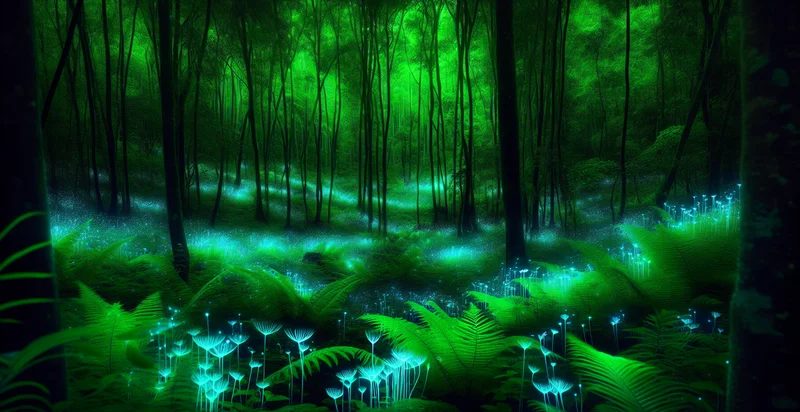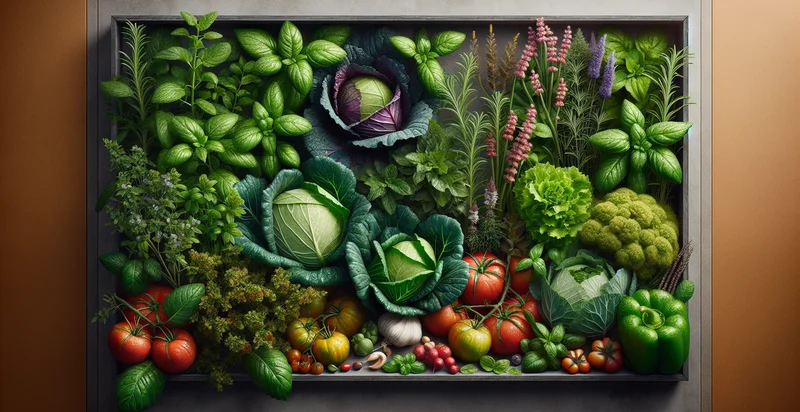Identify bioluminescent plants
using AI
Below is a free classifier to identify bioluminescent plants. Just upload your image, and our AI will predict if a plant is bioluminescent or not - in just seconds.

Contact us for API access
Or, use Nyckel to build highly-accurate custom classifiers in just minutes. No PhD required.
Get started
import nyckel
credentials = nyckel.Credentials("YOUR_CLIENT_ID", "YOUR_CLIENT_SECRET")
nyckel.invoke("bioluminescent-plants", "your_image_url", credentials)
fetch('https://www.nyckel.com/v1/functions/bioluminescent-plants/invoke', {
method: 'POST',
headers: {
'Authorization': 'Bearer ' + 'YOUR_BEARER_TOKEN',
'Content-Type': 'application/json',
},
body: JSON.stringify(
{"data": "your_image_url"}
)
})
.then(response => response.json())
.then(data => console.log(data));
curl -X POST \
-H "Content-Type: application/json" \
-H "Authorization: Bearer YOUR_BEARER_TOKEN" \
-d '{"data": "your_image_url"}' \
https://www.nyckel.com/v1/functions/bioluminescent-plants/invoke
How this classifier works
To start, upload your image. Our AI tool will then predict if a plant is bioluminescent or not.
This pretrained image model uses a Nyckel-created dataset and has 2 labels, including Bioluminescent and Non-Bioluminescent.
We'll also show a confidence score (the higher the number, the more confident the AI model is around if a plant is bioluminescent or not).
Whether you're just curious or building bioluminescent plants detection into your application, we hope our classifier proves helpful.
Related Classifiers
Need to identify bioluminescent plants at scale?
Get API or Zapier access to this classifier for free. It's perfect for:
- Agricultural Enhancement: Bioluminescent plants can be used to develop sustainable crop lighting that reduces energy costs. By identifying and cultivating these plants, farmers can improve growth rates and crop yields while minimizing their environmental footprint.
- Ecological Research: Researchers can utilize a bioluminescent plant identifier in their studies to monitor biodiversity in ecosystems. By classifying and tracking the distribution of these plants, scientists can gain insights into ecological interactions and the health of habitats.
- Biotechnology Applications: The identification of bioluminescent plants can aid biotechnologists in developing new products derived from plant bioluminescence. These innovations could include bioindicators for environmental health or novel luminescent materials for use in various industries.
- Tourism and Education: Nature reserves and botanical gardens can use bioluminescent plants as an attraction to enhance educational experiences. Identifying these plants and showcasing their unique qualities can draw visitors and promote environmental awareness.
- Art and Design: Artists and designers can employ the identification of bioluminescent plants in their work to create unique installations or home décor items. Understanding which plants exhibit this property can inspire creative expression and innovative product designs.
- Pharmaceutical Research: The identification of bioluminescent plants can lead to discoveries in pharmaceuticals as these organisms may possess unique chemical compounds. Such compounds can be explored for medicinal properties, offering new avenues for drug discovery.
- Environmental Monitoring: Bioluminescent plants can serve as bioindicators that highlight environmental health and pollution levels. By accurately identifying these plants, environmental agencies can monitor ecosystems and assess the impacts of human activities on biodiversity.


